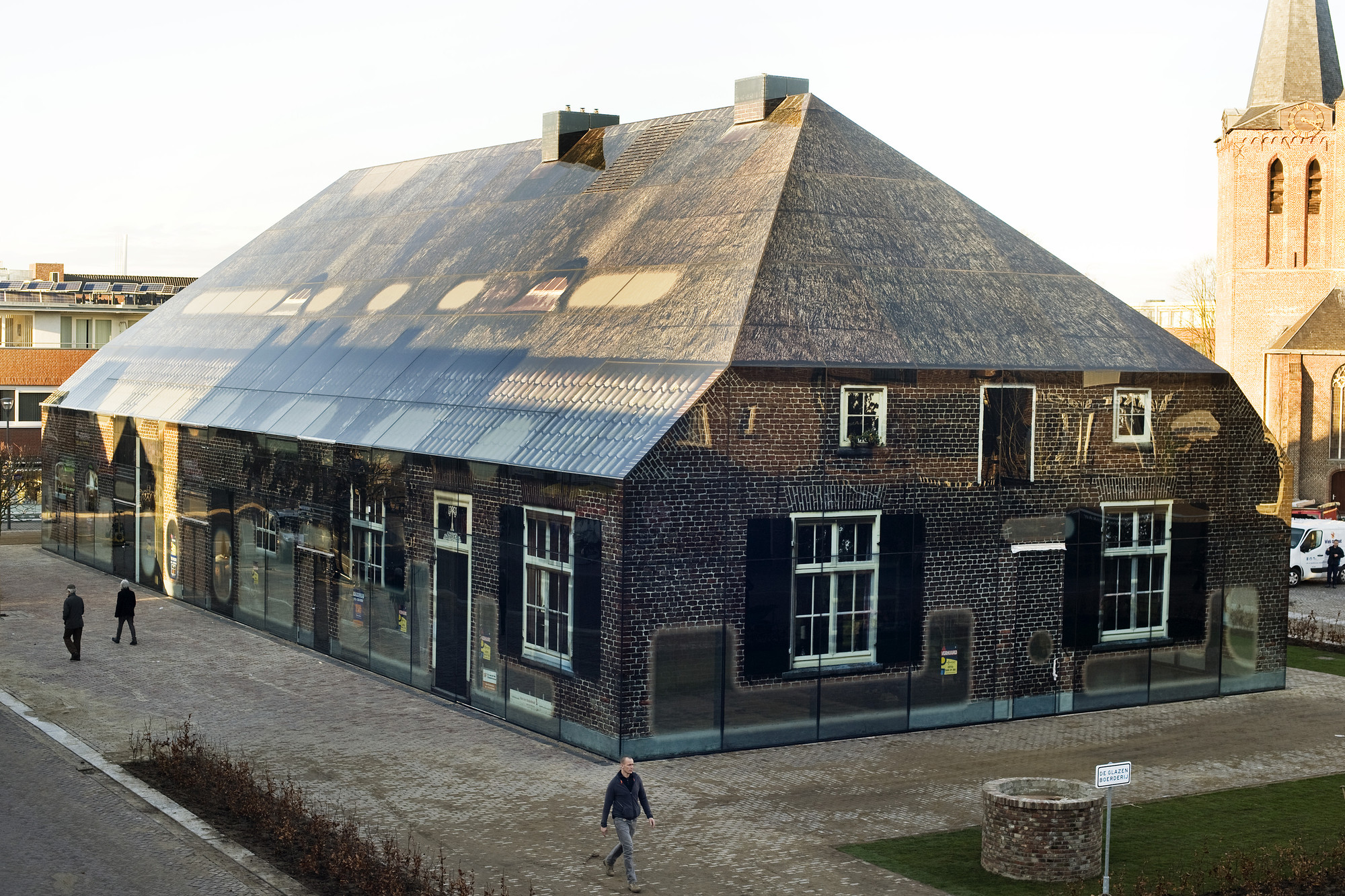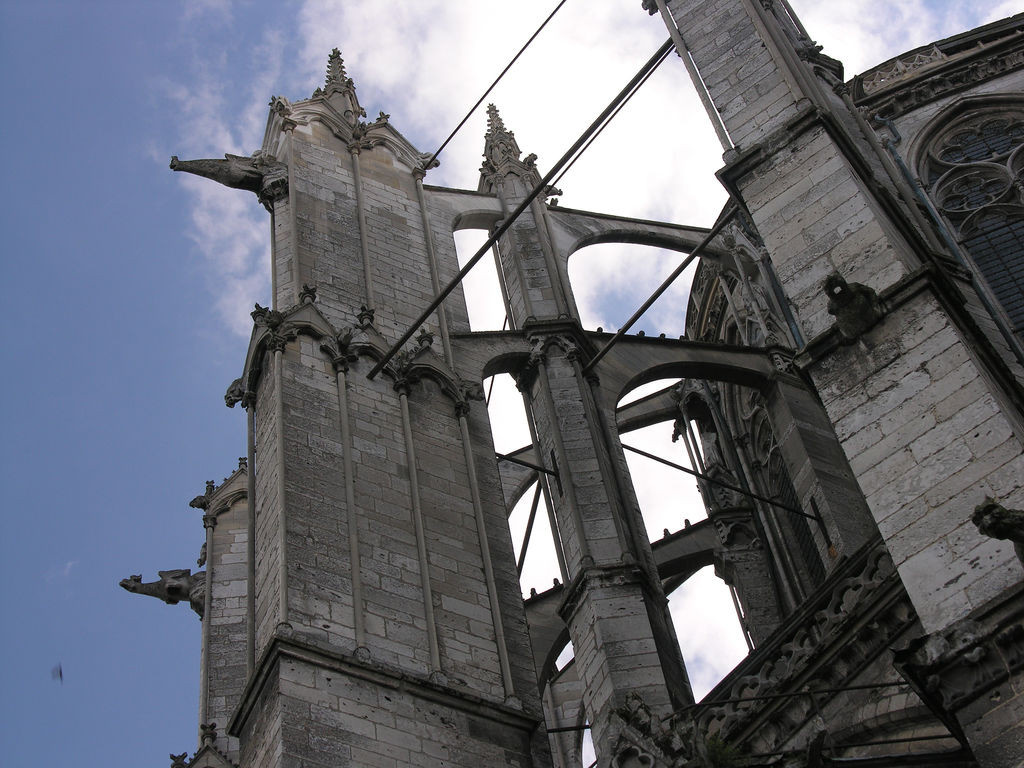
With "Protoceramics," the Material Processes and Systems Group at the Harvard Graduate School of Design (MaP+S) sought to investigate the architectural possibilities of a material that might often be overlooked: thin, large-format ceramic tiles designed to act as interior finishes or exterior cladding. Instead of accepting the tiles' designation as a surface finish, the team investigated three ways to use them as a self-supporting structural component as part of their ongoing experiment to produce "novel material formations with a special interest in tectonic performance." The three techniques employed focused on the acts of cutting, folding and bending.






_lichtzeit.com2.jpg?1425480334)


.jpg?1423060325)








